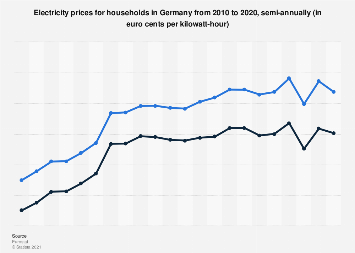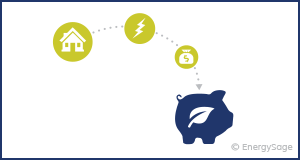
Electricity tariffs generally indicate the expense to build, maintain, finance, and operated the electricity grid and the power plants (the complicated system of energy communication and diffusion lines). Many for earnings utilities furthermore include a financial return for shareholders and owners in their Electricity Plans electricity rates.
Various key factors impact the rate of electricity:
Fuels

Prices of Fuel, very for petroleum fuels and natural gas (primarily in villages and Hawaii in Alaska), may boost during intervals of high need of electricity and when there are moisture supply disruptions or restrictions because of severe weather circumstances and unexpected damage to vehicle and birth infrastructure. Elevated fuel taxes, in roll, may occur in elevated costs to produce electricity.
Energy plant expenses
Each energy plant has construction, financing, maintenance, and regulating costs.
Distribution and Transmission system
The electricity distribution and transmission policies that relate power plants to customers have an operation, construction, and costs of maintenance, which comprise repairing harm to the policies from disasters or higher weather incidents and enhancing the field of cybersecurity.
Weather circumstances
Extreme climates can boost demand for cooling and heating, and the occurring increases in demand for electricity can fuel with push up and prices of electricity. snow and Rain provide moisture for low-cost generation of hydropower, and storms can give a low-cost generation of electricity when breeze speeds are positive. Nonetheless, when there are competing or droughts need for water reserves, or when storm whisks drop, the casualty of the electricity era from those quotations can settle upward tension on other fuel/ energy prices and sources.
Restrictions
In few states and social service/utility committees fully govern taxes, while other nations have a mixture of prices regulated (for distribution and transmission) and regulated rates (for generators).
Electricity rates are usually elevated in the time of sunny
The expenditure to stock electricity differences moment by moment. However, maximum customers’ pay rates are founded on the s cost seasonal of electricity. Differences in rates generally reflect differences in electricity need, generation source availability, fuel expenses, and energy plant availability. Tariffs are usually elevated in summer when the limited need is high because additional expensive generation quotations are subtracted to fulfil the increased demand.
Electricity rates vary by category of consumer
Commercial electricity rates are usually elevated for commercial and residential customers because this costs further to allocate electricity to them. Consumers in Industries use further electricity and can earn it at elevated voltages, electricity supplied to these consumers is more profitable and less costly. The retail rate of industrial electricity customers is commonly tight to the wholesale price of the electricity.
Kilo Watt-hour
Electricity rates differ by region
Based on the fuels and power plants’ availability, regional fuel expenses, and pricing laws. In the year 2021, the yearly average marketable electricity rate for all categories of utility customers for electricity bounded from 30.35¢ per kilo Watt-hour in Hawaii to 8.17¢ per kilo Watt-hour in Idaho. Rates in Hawaii are greatly relative to additional states primarily because of the plurality of its generated electricity and petroleum energies that remember to be received into the nation.
It is legal for nations to take disaster measures very as provisional relief from fee taxes or taxes to alleviate the responsibility on customers, particularly the most susceptible, from intervals of short-term demand turmoil.



